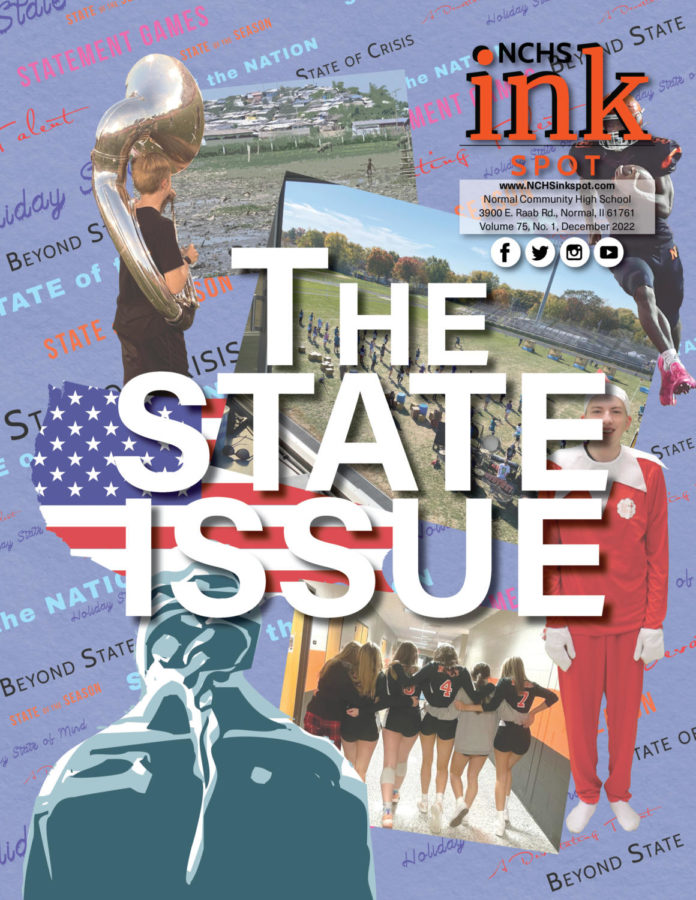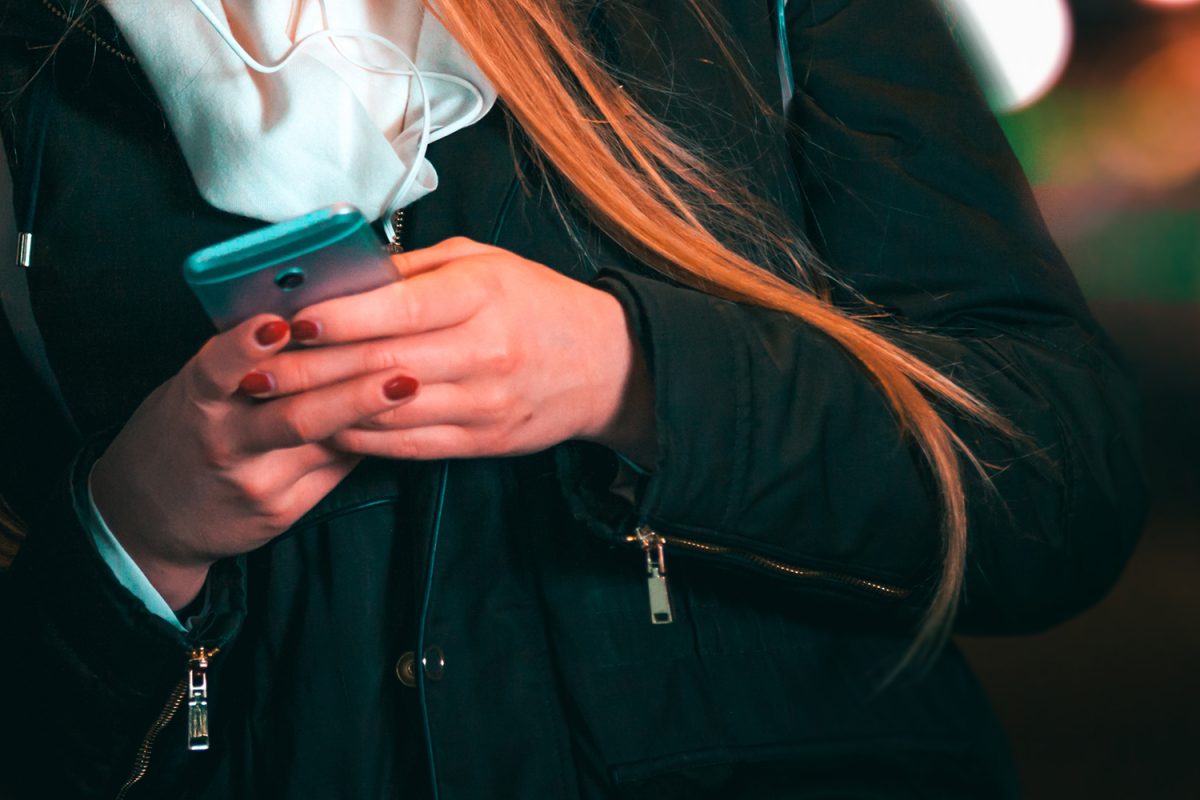Digital Daze: The phone distraction gripping students
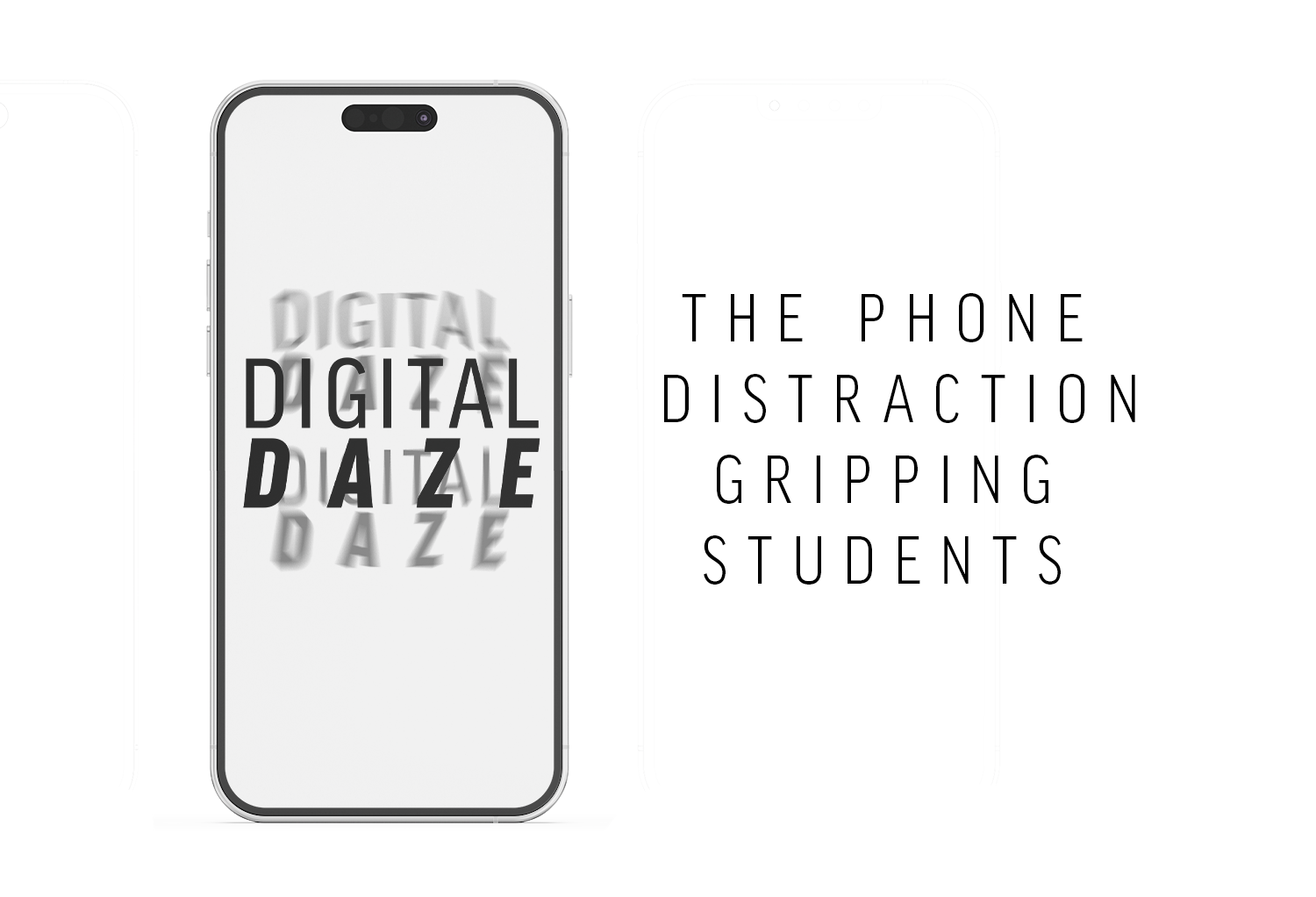
Instagram before the bell. TikTok at lunch. YouTube at 2 a.m.
The scene is all too familiar. The constant cycle of consuming digital content, endlessly scrolling through feeds.
We try charging our phones in another room, setting app timers and turning on “Do Not Disturb.”
But does it work?
You tell me—odds are, you’re on your phone right now.
The struggle to keep phones out of our hands, has gotten out of hand.
While most agree on the problem, the solution remains less clear—spurring unsuccessful attempts to mitigate phone usage across the country.
In Florida, legislators tried passing a bill in February which would prohibit social media use for those 16 and under. But Gov. Ron DeSantis vetoed the bill on March 1 over concerns it did not preserve parents’ rights.
But DeSantis, on March 25, signed a modified bill that would ban social media for those 14 and younger.
The Senate Judiciary Committee called the CEOs of Discord, Meta, Snap, TikTok and X (formerly Twitter) to Washington in January to testify on the companies’ failure to police themselves at the expense of adolescent health and safety. But none of those companies have stopped making millions.
And with threats of a TikTok ban loom, the question remains: When will we find a solution that effectively combats the phone craze?
With the entire internet at the tips of our fingers and the constant lure of social media, classrooms have become battlegrounds between academic engagement and digital distraction.
Community staff members are on the frontlines, sharing the repercussions they see in students—and calling for regulation; students attempt to untangle their inability to self-regulate and dial up potential solutions.

English teacher Mr. Tyler McWhorter knows the allure of modern technology firsthand.
The new iPhone model Apple releases every September? McWhorter said it would feel “weird” if he didn’t buy it immediately.
Mr. Jeff Christopherson belongs to a different generation—one that has never required him to own a smartphone to communicate. And he has no plans to join the nearly 97 percent of U.S. adults who own one.
The science teacher isn’t anti-technology—one glance at his extensive digital photography portfolio makes that much clear.
But Christopherson has watched enough students befall the smartphone’s trap to know: “I would spend forever on the thing,” he said.
McWhorter said he understands the struggle. Although app timers can serve as a good reminder to take a break, McWhorter admits he’s likely to dismiss them.
McWhorter empathizes with adolescents’ connections to their phones, but the forty-one-year-old’s age distinguishes his experience—smartphones weren’t available during his formative years. Something that, McWhorter said, gives him an ability some teens today lack: knowing how to put the phone away.
Instead of using provided work time, McWhorter said, students often opt to acquire avoidable homework by sitting on their phones instead.
In the past several years, McWhorter said students’ inability to focus on school content has trickled into the curriculum. While Senior Literature used to cover five units, students’ reduced attention spans cut that number to four.
“Students were more distracted,” McWhorter said, “and therefore unable to complete as much work as they once did.”
But students’ distraction isn’t all willful—smartphones’ addictiveness is biological.
With each touch of the screen, each social media interaction, the pleasure centers of our brains light up—sending streams of dopamine and endorphins rushing through us more rapidly than they ever would reading a book or balancing an equation in chemistry class.
“No matter how energetic, how exciting, how wonderful my lesson is” Christopherson said, “I cannot compete with whatever you’ve been looking at.”
Silicon Valley executives design their phones specifically to keep users hooked, Christopherson said— and most of those tech billionaires, aware of the dangers, enroll their own children in schools with minimal technology.
“They understood early on the addictive nature of it,” Christopherson said.
Tech CEOs know the most effective schools are schools without constant phone access. In a country where close to 77 percent of public schools already ban phones, Christopherson said, it’s time for Community to follow suit.
The chemistry teacher pointed to a study of phone bans in Australian public schools, which found that banning mobile devices increased 16-year-old students’ test scores by 6.4 percent of a standard deviation—an improvement that nearly doubled for “low-achieving students.”
While administration is likely hesitant to enforce a phone ban due to inevitable pushback, Christopherson said, he thinks it’s the only way teachers can win the battle against addictive technology.
“Those little fights are what make a big difference for us in the classroom,” Christopherson said.
Because even when students aren’t literally staring at their screens, McWhorter said, the notifications they’re racking up during a lesson are often top of mind—not the Composition I or II content he’s teaching.
Phones, McWhorter said, are lowering the rigor of courses, while at the same time impacting student learning despite a reduced workload.

Students’ capacity for academic success isn’t the only thing at stake when they’re chronically online.
As a teacher who watched phone activity go from a rule breach punishable by Saturday school to students’ default time-filler, McWhorter said students’ dependence on phones has damaged their mental and intellectual health.
The blurred line between school life and outside life makes it difficult to “compartmentalize” and preserve a student’s mental health, McWhorter said.
“If there’s conflict,” McWhorter said, “they have access to that conflict 24/7.”
The conflict doesn’t just exist on a personal level, either—it’s coming from big account names, too.
Apps like Instagram that were initially designed for posting pictures with “silly little filters,” said Mr. Paul Krogmeier, have developed into breeding grounds for malice—and consequently, addiction.
Profitability now towers over ethics in a world where tech executives are focused on making their platforms more addictive, or “sticky,” the English teacher said.
And “hate,” Krogmeier said, “is more sticky than love.”
People are more likely to engage with conflict-laden content, Krogmeier said, and the algorithm—devised by companies interested in boosting views—knows that.
“If you go off on someone,” Krogmeier said, “that’s more likely to get comments and views and reactions. If you just post, ‘Today’s a beautiful day, the sky is blue, and I’m blasting Taylor Swift out of the speakers… nobody’s going to comment on that.”
One study published in the “Nature” found that for every negative word added to a headline, readers become 2.3 percent more likely to click on an article. The “Inkspot” knows—a story on the fire in the boys’ locker room this December has gained nearly 10 times as many views as every “Up-Beat” podcast episode combined.
The “outrage machine” that is social media has trickled down to the personal level, Krogmeier said—which, he observes, can cause an uptick in bullying.
“The vast majority of our fights in the school have stemmed from something that started online and come into the physical world,” Krogmeier said.
Over his decades-long teaching career, Christopherson said he has witnessed significant regression in students’ coping skills not just in the hallways, but in classes themselves.
When a student performs poorly on a test, Christopherson said, “They ask to go to the bathroom. They go email Mommy, and Mommy has to soothe them. They can’t self-regulate emotions.”
If students are losing this fundamental ability to self-regulate, Christopherson said, it’s time to police phone usage with a minimum age like we do alcohol or R-rated movies.
“There’s a reason we have those bans,” Christopherson said. “The adolescent mind isn’t fully developed.”
With the prefrontal cortex, the decision-making part of the brain, not fully developing until age 25, teens struggle to exhibit self-control with their screens—even when they’re aware of the dangers.

Before Krogmeier turned 25, he admits he wasn’t immune to the siren call of social media.
He was a college freshman at Illinois State University when Mark Zuckerburg’s website connecting college students went live.
Facebook, Krogmeier said, was “the beginning of the end.”
The mobile phone made checking Facebook messages, typing on others’ walls and viewing posts to one’s own wall as simple—and seemingly necessary—as breathing.
Krogmeier “was just in the vortex” with his peers as a younger adult, he said.
The English teacher escaped that whirlpool, he said, when he had kids.
When his children were born, he made a conscious effort aimed at “chang[ing] their experience with technology from the beginning.”
It’s an effort he makes in his sophomore English courses as well.
Each semester, he tasks his students with the “Unplugged Challenge” after reading Ray Bradbury’s “The Veldt”—a short story centralized around virtual beasts coming to life— in class.
The assignment charges students with going 24-hours without using non-school-related technology and writing a narrative on the experience.
The percentage of students who fail to make it an entire day?
About 90 percent, Krogmeier estimates.
Krogmeier can’t give firm numbers because every year, after writing how they successfully completed the challenge, a handful of students come clean. Admitting they succumbed to the call of their phone.
Those sophomores are no anomaly.
Decaying attention spans. Reduced self-esteem. Mornings spent groggy after a late-night doom scroll. Most teens have suffered at least one—enough to know that hours of daily screen time is no braggable feat.
Community students Elle, Olivia and Maddie, whose last names have been withheld to preserve their anonymity, each self-reported spending an average of five hours a day on their phones (despite one student’s phone displaying a much higher figure: seven hours and 20 minutes).
The group reported most of that screen time occurred during the school day. They don’t have time amid extracurriculars to significantly spend on their phones elsewhere, they said.
The two occasions the three were likely to be on their phones, they said, were “passing periods” or “work time.”
The five hours figure would mean Elle, Olivia and Maddie spend over 70 percent of the seven-hour school day actively on their phone.
Maddie said she’s on her phone during “downtime” in class—something she defined as “the last 10 minutes or first 10 minutes of class when we don’t really have much to do.”
If a 49-minute class is bookended by not “much to do,” does this imply only the middle 29 minutes—less than 60 percent of classroom time—is meaningful?
Elle approaches her phone differently: She only uses it, she said, in less enjoyable classes—sometimes causing her to miss notes in courses that are already more challenging.
While Elle said she always goes back to look at slides or watch videos on content she missed, she said her phone has had graver consequences in a non-academic area: her social life.
School, Elle said, used to be exciting purely for the opportunity to talk to her friends; now, it’s difficult to converse without a phone.
“Now that we have them,” Elle said, “we can’t go without them.”
That constant access means knowing many friends’ locations via Snapchat’s “Snap Map.” A feature, Elle said, that allows people to see what events they weren’t invited to, who is hanging out without them– and can cause “big issues.”
For Olivia, there is even more to be insecure about with apps like Instagram and TikTok perpetuating nearly impossible beauty expectations, she said.
Online videos push “random things that you would never think to be insecure about,” Olivia said, “like having legging legs. Like what does that mean?”
Standards perpetuated on TikTok, Olivia said, are the reason that Sephora stores now teem with fourth-grade girls—some of them purchasing anti-aging cream for their 10-year-old skin.
Impossible expectations on social media exist for more than just physical appearance, Community student Siddhu said. He sees similar standards set forth for achievements and awards.
Next to the narratives of “fun,” accomplishment-filled lives pushed online, Siddhu said, “it’s difficult to be thankful for what you have.”
Even movies and television are more difficult to appreciate as a short-form-dominated world lowers attention spans, Siddhu said. “I don’t think I would be able to watch a full Netflix show without skipping every five seconds.”
Despite his ability to explicitly link short-form TikTok consumption with his lowered attention span, Siddhu said, regulating time on the app remains a challenge.
“I tried deleting TikTok once,” Siddhu said, “and I just downloaded it again. That did not work.”
“That did not work”: what countless other students, parents, teachers and legislators continue to say as mitigation attempts fail.
While Community staff and students don’t have exact answers, they agree on one thing: the need for accountability.
To Krogmeier, it’s the responsibility of parents and the government to impose restrictions on children and social media, standing up against technology companies that are “only incentivized to make [platforms] more sticky every day of their lives.”
For younger children, Krogmeier said, he agrees with nationwide pushes for increased verification.
Right now, kids can easily set their birth year back on apps—but if a phone is conducive to addiction like gambling, Krogmeier said, then the registered ID demanded at a casino should also be required for social media.
While complete restrictions are “dicey” because America is grounded in freedom, Krogmeier said, the government should require “checkpoints along the way to make sure you’re educating yourself instead of just clicking a button”—much like the nutrition labels required by the FDA.
And in individual homes, Krogmeier said, parents are responsible for saying ‘no’ to social media sometimes—prioritizing their children’s health over appearing “uncool.”
Because it takes a joint effort to arrive at Krogmeier’s ideal scenario: a world where phones fall out of favor for their bad rap, not their illegality.
“I would like to see a situation like cigarettes where it’s largely negatively stereotyped,” Krogmeier said, “but you can still do it. Nobody’s stopping you from smoking a cigarette, but we all know it’s bad for us.”
McWhorter agrees that addressing the complicated issue begins at the top. Legally holding tech executives accountable for wittingly creating these addictive platforms—“one of the great features of our justice system,” he said—is the first step.
McWhorter’s glad that further legal action—including barring social media for certain age groups, the hotly contested agenda in Florida—has made recent headlines.
When the Florida House of Representatives first proposed the since-vetoed bill banning children under 16 from accessing social media, McWhorter said he “didn’t disagree” with it.
“It’s not like social media is an inherent freedom,” McWhorter said. “[It’s] just a tech platform.”
Elle, Olivia and Maddie view solutions like the prior Florida bill less favorably.
The students said that 16—the age originally proposed for a ban—was too old. The harmful parts of social media can still be avoided through parental restrictions, Maddie said, and inappropriate content doesn’t recur on users’ “For You” pages as long as they quickly scroll past it.
Community student Zain agreed that a complete ban is too severe of a restriction, but for a different reason: Like alcoholic prohibition in the twentieth century, prohibiting social media would likely make it more sought-after.
While some consequently believe that tech CEOs—not the government—should step in, Zain disagrees that corporations are culpable.
Zain thinks tech companies should filter out inappropriate content, but he said it’s not necessarily the platform’s fault when people use social media irresponsibly. A car company is responsible for not releasing defective models, Zain said, but they aren’t liable when irresponsible drivers get in crashes— and tech corporations are no different.
“Is it really the company’s fault for gaming the system?” Zain said. “At that point, blame the government. Blame the American enterprise system for letting these companies get to this point and not putting restrictions on it.”
While the specific solution isn’t clear, Christopherson said, the need for increased control—whether that’s legally, or over individuals through education—is undeniable.
“The horse is running unattached to a cart,” Christopherson said. “We need to tether it down and figure out what to do.”
If you value the Inkspot’s commitment to student journalism—giving Normal Community’s reporters real-world experience—please consider donating to support our staff’s trip to the National High School Journalism Convention.
Your generosity helps us cover travel costs, enter national contests and attend sessions led by top media professionals—an unforgettable opportunity to learn, grow, and represent Community on a national stage.
THANK YOU for investing in the next generation of storytellers.

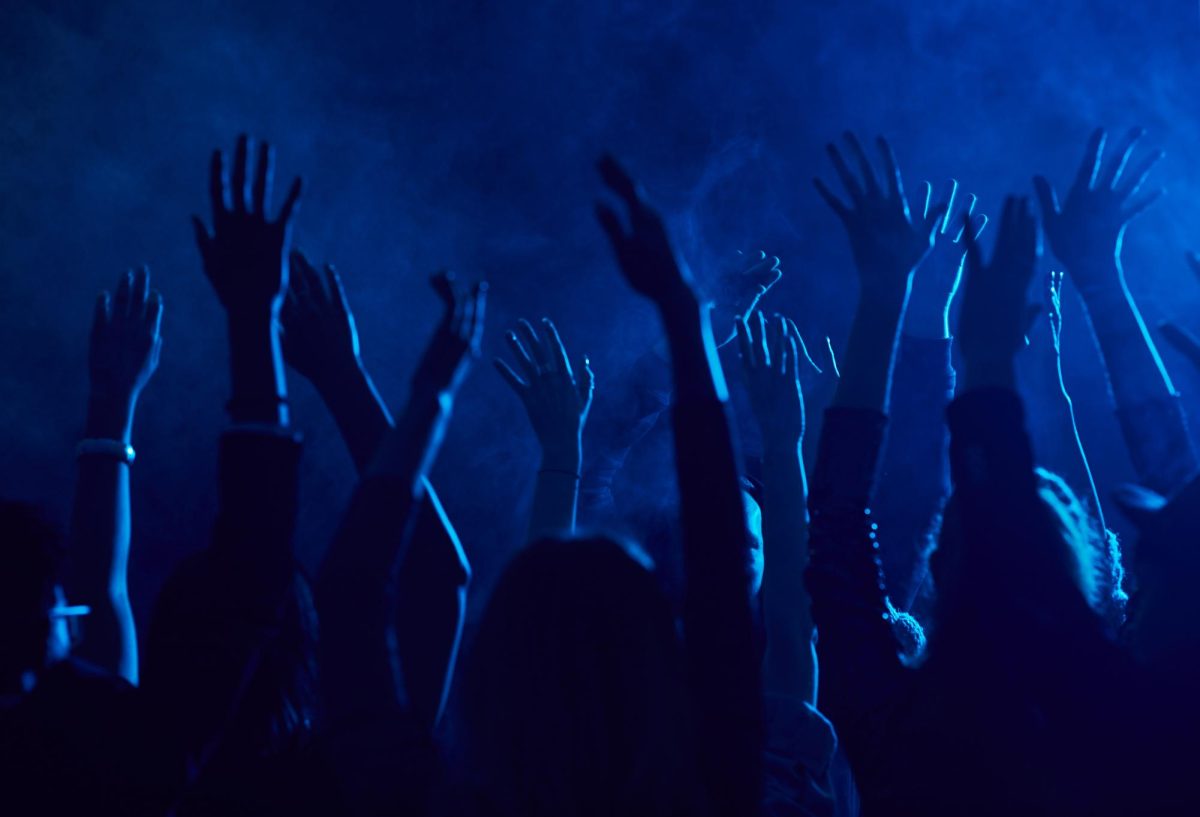
![Community honors longtime coach Mr. Bryan Thomas before Oct. 3 game [photo gallery]](https://nchsinkspot.com/wp-content/uploads/2025/10/Thomas-6-1200x1200.jpg)





















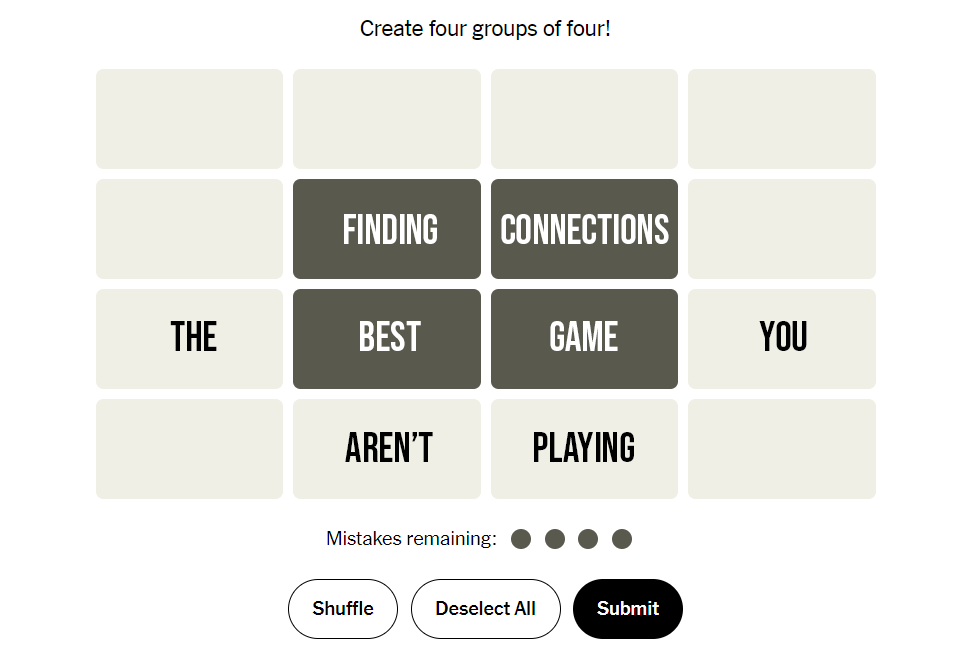





![Week 7: Coach Drengwitz recaps the Ironmen’s win over Bloomington, talks Danville [video]](https://nchsinkspot.com/wp-content/uploads/2025/10/Vikings-feature-Image-1200x675.png)

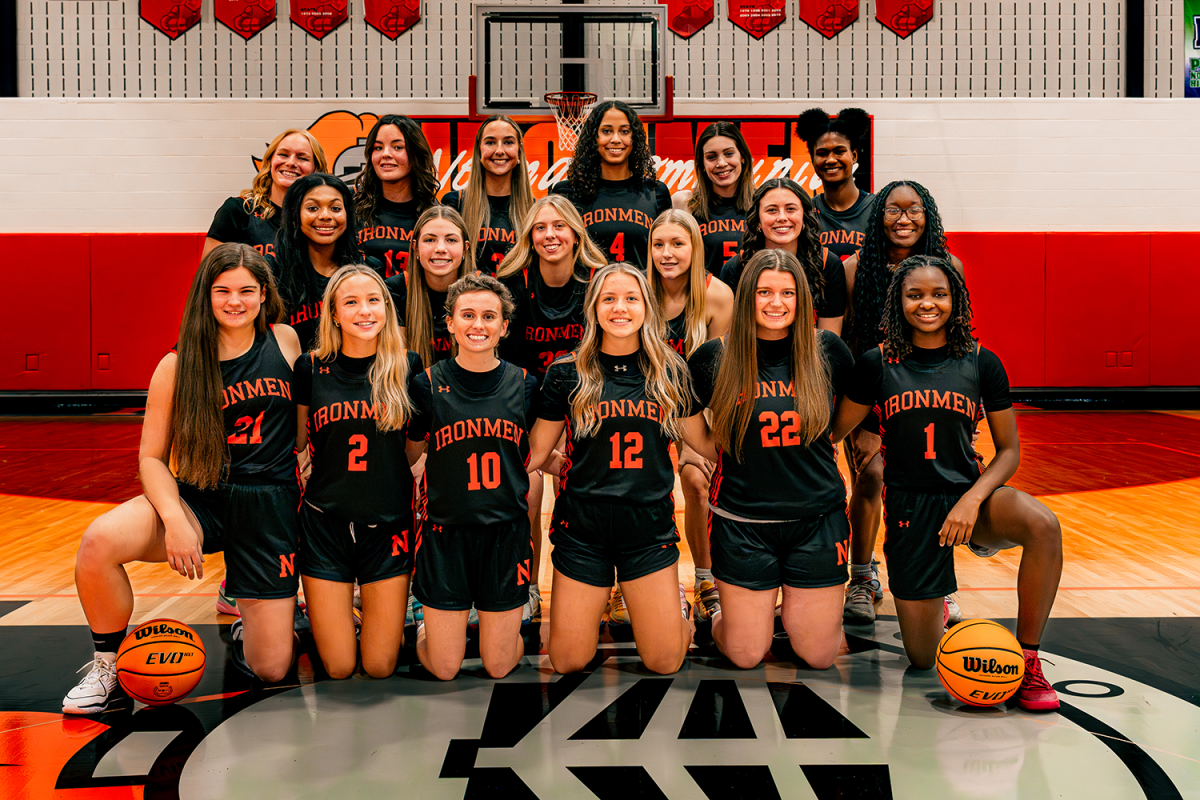


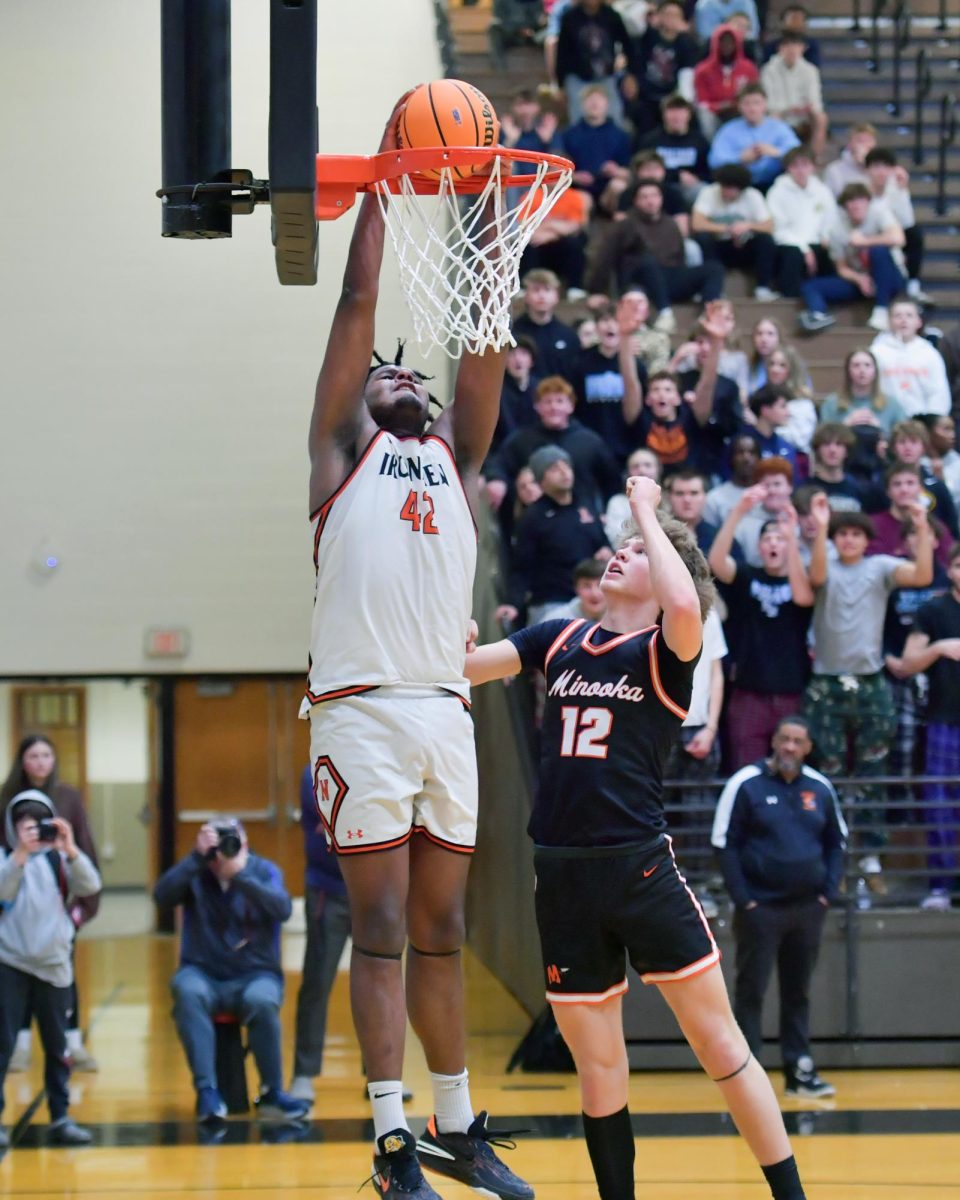


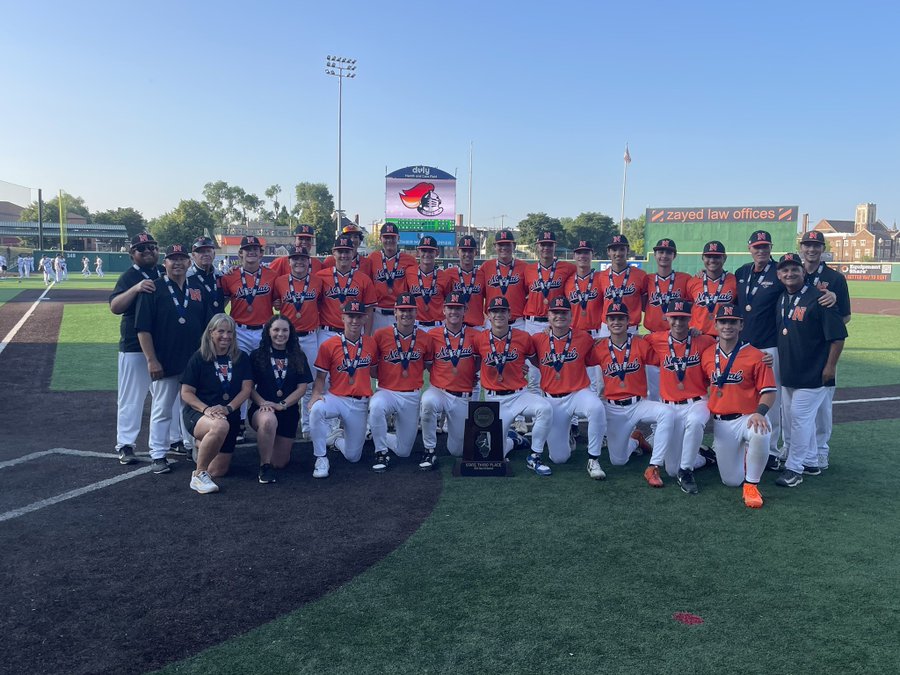



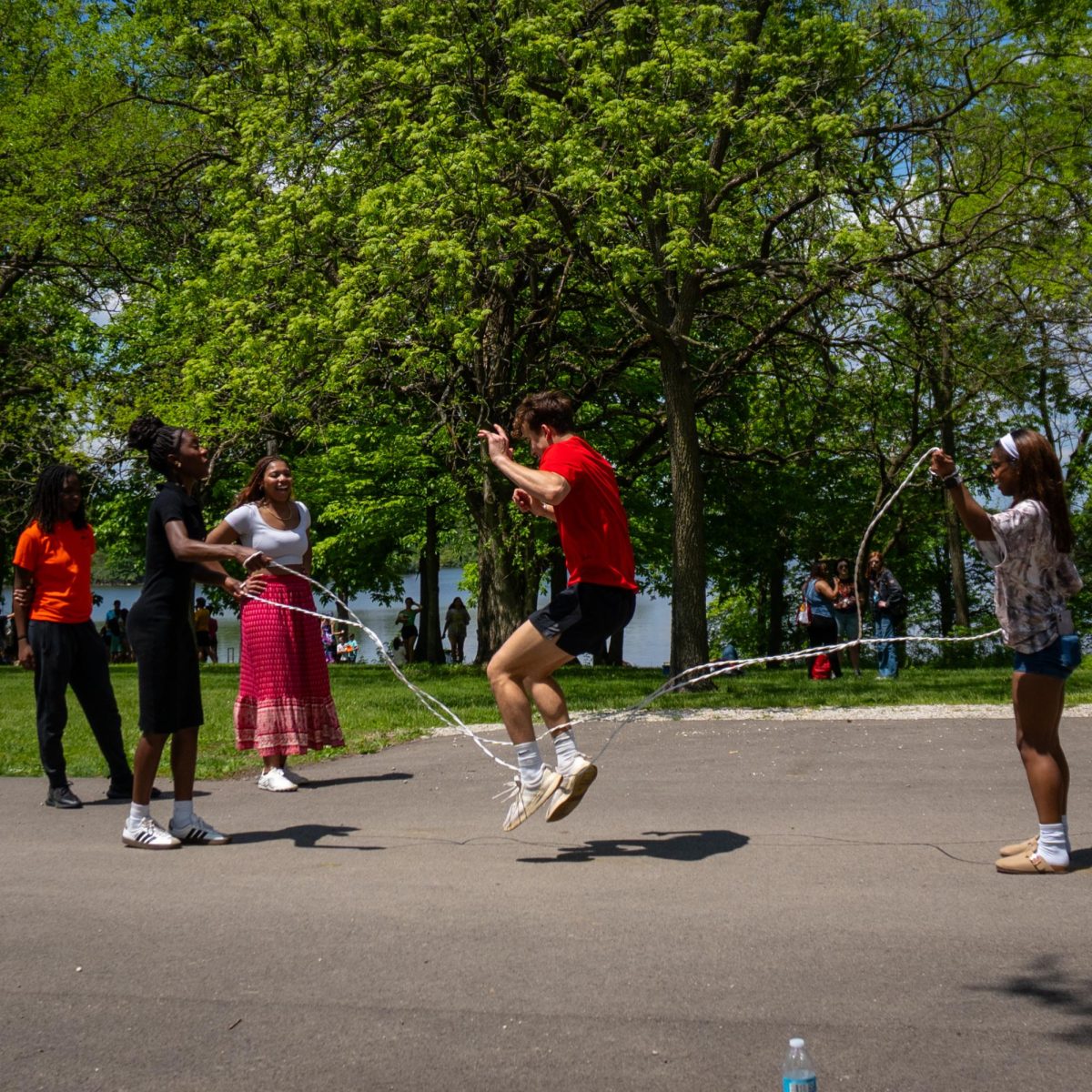




![Halloween candy cross section quiz [quiz]](https://nchsinkspot.com/wp-content/uploads/2022/10/Candy-cover-big-900x675.png)
![Average Jonah? [quiz]](https://nchsinkspot.com/wp-content/uploads/2022/05/average-jonah-900x600.png)


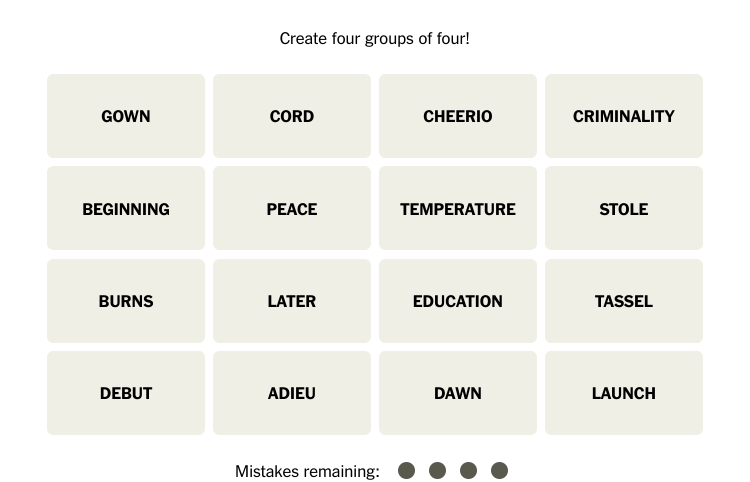
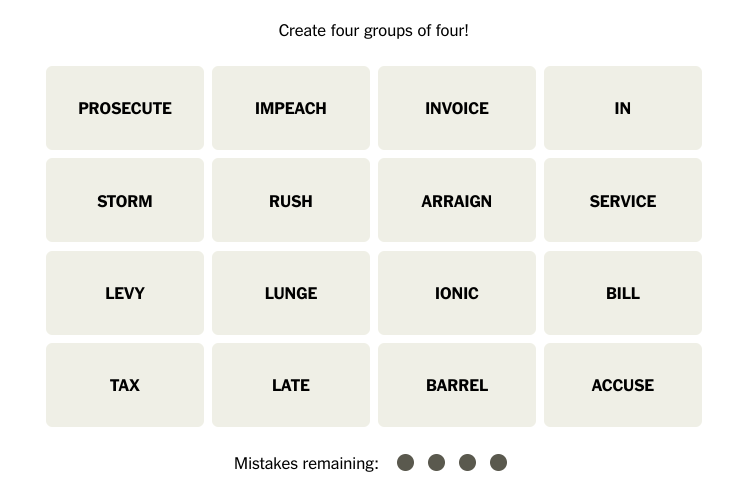
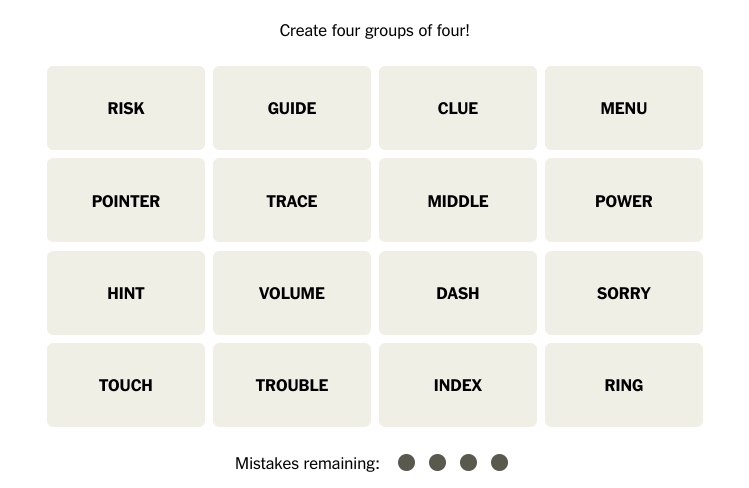
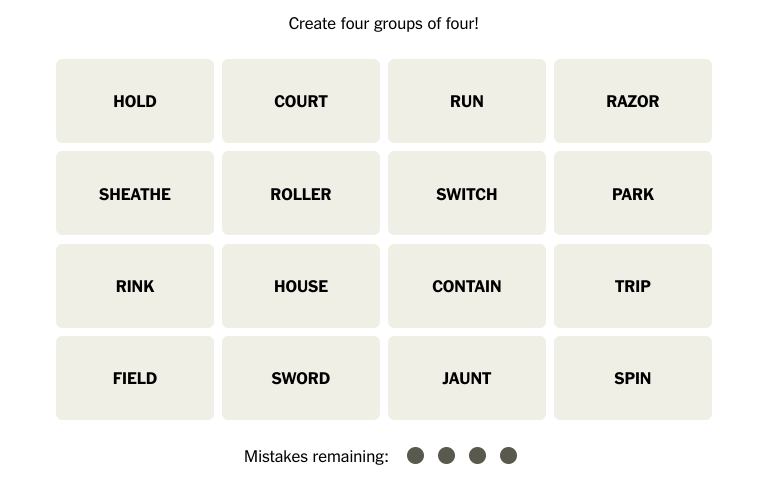
















![Week 5: Coach Drengwitz previews the Ironmen’s matchup vs. Peoria Manual, recaps Week 4 [video]](https://nchsinkspot.com/wp-content/uploads/2025/09/Week-5-v-Rams-1200x675.png)
![Postgame reaction: Coach Drengwitz on Community’s 28-17 Loss to Kankakee [video]](https://nchsinkspot.com/wp-content/uploads/2025/09/Week-4-postgame--1200x675.png)
![On the Spot: This or That – Halloween [video]](https://nchsinkspot.com/wp-content/uploads/2024/10/tot-Halloween-YT-1200x675.png)
![On the Spot: This or That – Fall favorites [video]](https://nchsinkspot.com/wp-content/uploads/2024/10/ots-fall-web-1200x800.png)
![On the Spot – Teachers tested on 2023’s hottest words [video]](https://nchsinkspot.com/wp-content/uploads/2024/01/On-the-Spot-Teachers-tested-1200x675.png)


